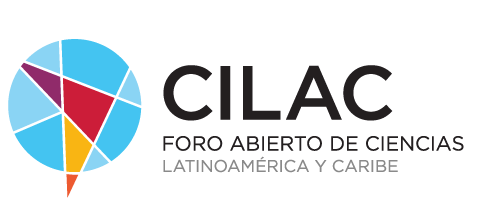
A analysis of published studies in 145 journals from various research fields, including approximately 1.7 million authors and 740,000 reviewers, has found no evidence of bias against female authors in the peer review process.
Academic journals are often blamed for a gender gap in publication rates, but it is unclear whether peer review and editorial processes contribute to this.
A tangle of biases
In it cited study They focused on analyzing three possible sources of bias:
- The editorial selection of the reviewers
- Reviewers' recommendations
- Editorial decisions
The results showed that studies written by women as sole authors or co-authors were treated even more favorably by reviewers and editors. Although there were some differences between the research fields, the findings suggest that peer review and editorial processes do not penalize articles written by women.

However, as has been said, there are great differences between fields. And even when the review is double-blind, the reviewers can know or guess who the authors are, or gender bias may arise because the editor knows who the authors are. True double-blinding is difficult because of the difficulty in concealing the identities of the main authors (revealed by style, perspective, and citations).
For example, women's studies generally received worse reviews in social science journals through single-blind peer review, but these journals are the minority in a field typically dominated by double-blind peer review.
Increasing gender diversity in editorial teams and reviewer groups could help journals inform potential authors about their attention to these factors and thus encourage women's participation. However, we face a complex tangle of biases, and shortcutting some could be hiding others, and vice versa:
–
The news
An analysis of 145 scientific journals finds no evidence of bias against female authors in the peer review process
was originally published in
Xataka Science
by
Sergio Parra
.

